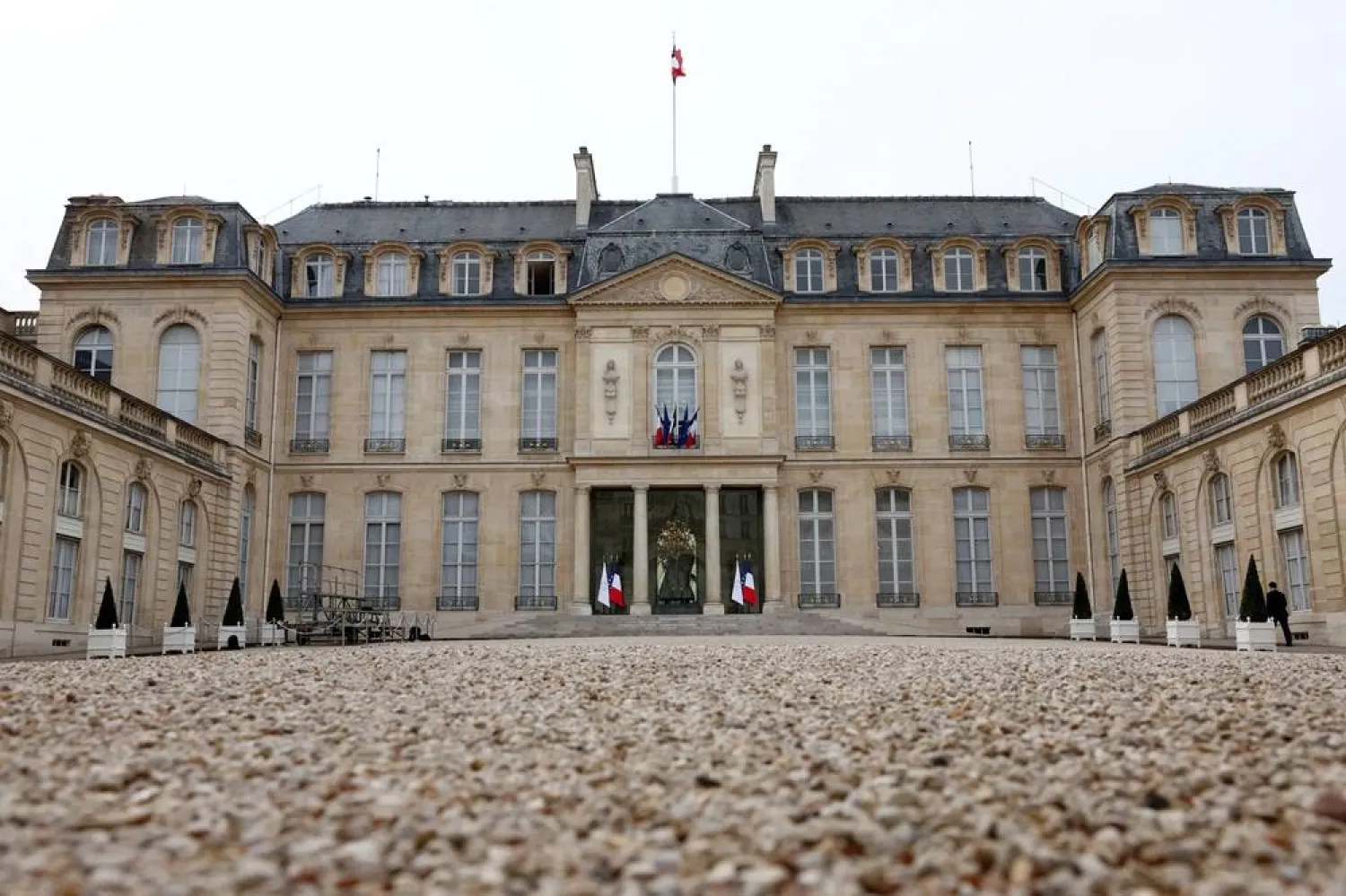Rogelio Condori clicks on his typewriter with his eyes focused on the paper. He has been working for around 40 years, in La Paz, in typing different types of papers, from administrative documents to love letters.
According to a report by Agence France Press (AFP), the 61-year-old man sits every day in the same place since 1985, in a crowded street in the Bolivian capital, wearing an elegant suit and a hat, with his Brother Deluxe vintage typewriter made in 1974.
“We still type many documents including tax forms and inheritance papers using the typewriter because they are not available online,” the typist said from behind a full-face plastic mask he wears to protect himself from the covid-19 infection.
Condori, who often types administrative paperwork, and love letters in some cases, charges his clients five to seven bolivianos (about $1) per page.
The old typist still recalls when he helped a man save his marriage by writing a letter to his wife in which he said: “My love... let our years together not be in vain. Please reconsider our situation.”
“He didn’t tell his wife that it was me who wrote the letter, but he came back later to tell me that the mission was accomplished,” he explains while laughing.
Two other typists come every morning and sit behind their small portable desks on the sidewalk next to Rogelio Condori.
Condori recently set up an office complete with internet and a computer, but he much prefers his "exciting" sidewalk perch.
In Bolivia, much administrative paperwork is unavailable online and must instead be submitted in typed form. About 60 percent of Bolivians have internet access, but connections are often slow.
“Typewriters are easier to use, and they are fast,” Rogelio said.
Marisol Poma, 39, became a typist eight years ago, and has a little office near Rogelio. “When kids see the typewriter, they ask their mothers what this small, square thing is,” she said laughing. Among the typists’ clients are young men and women, elderlies, students, employees, farmers, and retirees.
"I have not had good experiences with accountants and lawyers. On top of that, they charge a lot, while typists give their advice for free, " said Lazario Cucho, a 56-year-old farmer who has used Condori's services.
For her part, Nancy Vargas, one of Rogelio’s clients, prefers the clarity of computers, but chooses the practicality of the typewriter.
Wearing a loose-fitting skirt similar to traditional Andean clothing and a hat, the 40-year-old farmer was dictating to Rogelio a correspondence she wanted to submit to the bank to request a loan.
At 3:00 pm, Condori packs his mobile desk onto a cart, which he pushes to a nearby warehouse where it will stay overnight.
“I think this typewriting thing will continue. But in case it becomes extinct, I will die happy because I accomplished my mission,” said Condori of his craft.









